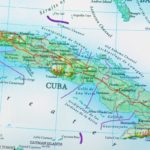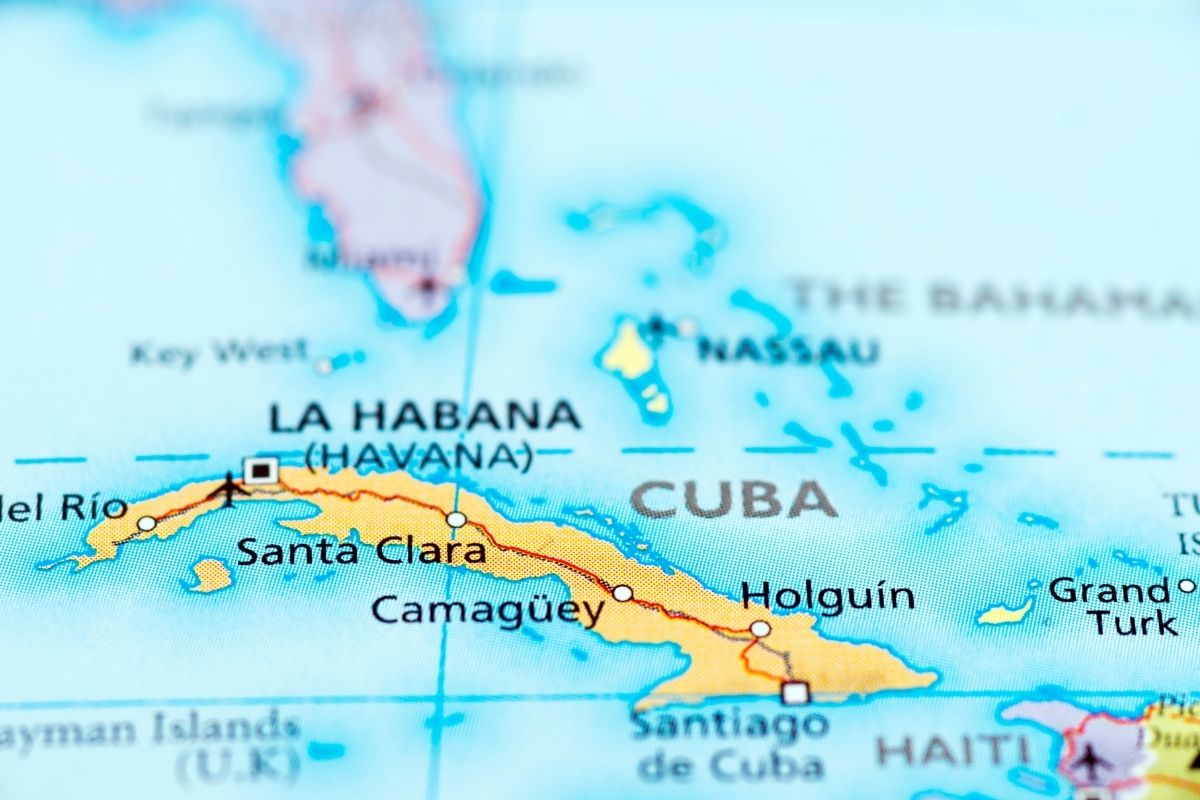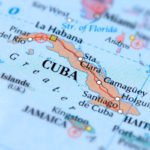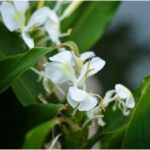Cuba is home to amazing natural biodiversity. This tropical country has mangroves and jungles, as well as grassland and even desert.
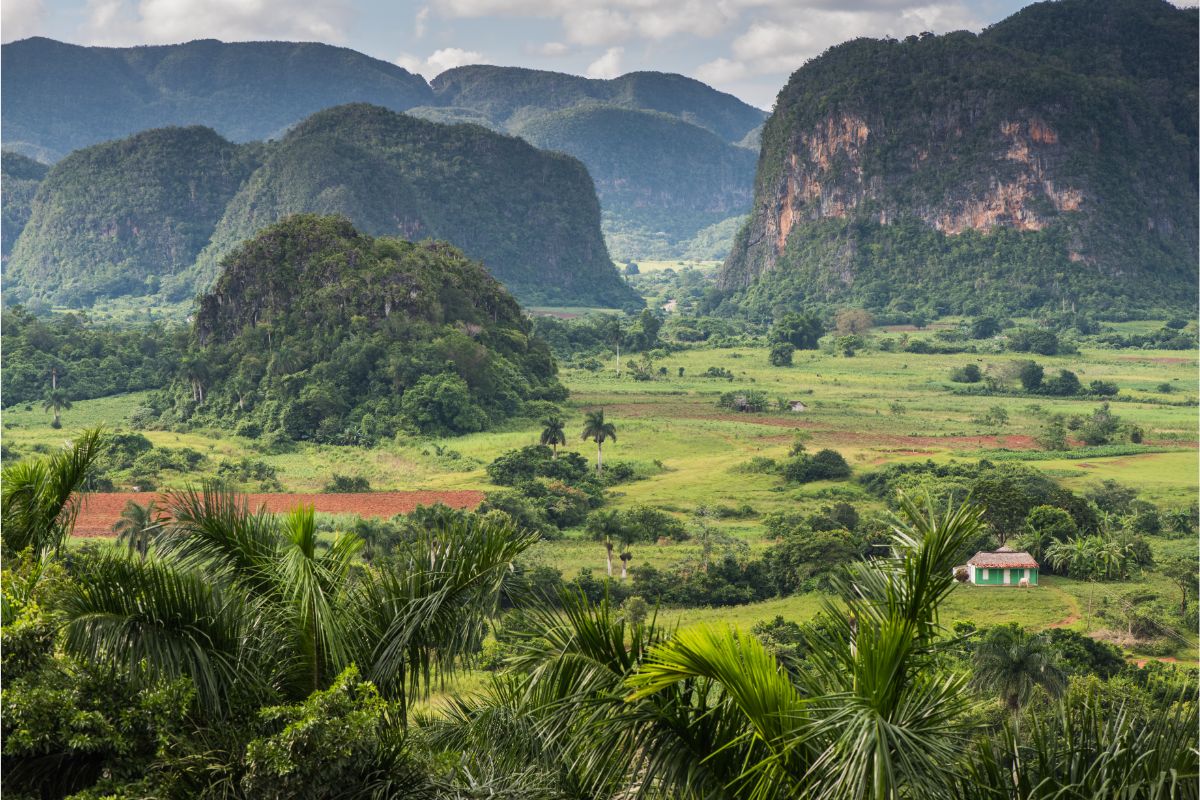
From mountain regions to flat lands and coastline, there are many environments to enjoy if you decide to visit.
If you are someone who is interested in the flora of Cuba, then we have a short list of some plants that might interest you. How many of these have you heard of?
A Guide To Cuba’s Amazing Plant Life
Cuba has many unique and special plants, and some have key roles in the history of the country. If you are visiting Cuba any time soon, be on the lookout for any of these plants.
Acacia Trees
There are a number of beautiful and endangered species of acacia trees throughout Cuba. These trees are attractive, and often have unique, flat foliage.
These trees, though not common, are attractive, and one of the more interesting plants to come across on your visits.
Cafecillo
This unique plant boasts of beautiful blue berries and white flowers. The plant has large ovular leaves that are dark green, and a light bark.
Golden Chalice Vine
The golden chalice vine, or cup of gold wine, is a beautiful vine native to Central America. This plant has large yellow flowers that resemble goblets, and leaves that can reach 6 inches long.
The golden chalice can climb up to 40 feet high, making it a stunning spectacle and very easy to identify while out in Cuba.
Heliconia
This beautiful perennial tropical flowering plant is found throughout Cuba. It has large leaves that resemble the banana tree, and has stunning waxy flowers that are big and showy.
The flowers are a vibrant mixture of red shades, as well as oranges and yellows, similar to the Strelitzia.
As a tropical plant, the heliconia is unable to withstand frost, and thrives only in warm and humid conditions. They have strong and succulent stems, making them perfect for the Cuban heat and climate.
Jaguey Tree
The jaguey tree, or shortleaf fig, is a large and impressive fig tree found in Cuba and other parts of Central America and Florida.
These trees can reach a height of around 50 feet, and often have very wide trunks.
The jaguey tree is mostly known for its beautiful aerial roots, which become the prime photo opportunity for many plant lovers.
You can find these kinds of trees in a variety of landscapes, and once mature, they are easy to identify via the roots and beautiful foliage.
Manaju Tree
This popular but endangered tree can be found in certain spots in Cuba. While this tree doesn’t look like anything special, it produces small fruits.
Pino Macho
The pino macho, or Caribbean pine, is a beautiful pine tree found in Central America as well as parts of the West Indies.
This plant thrives in the subtropical coniferous forests in lowlands, savannas, and mountains.
You can easily identify this tree as it is one of the few pines in the area, and it can reach impressive heights of up to 100 feet (35 meters).
Royal Palm
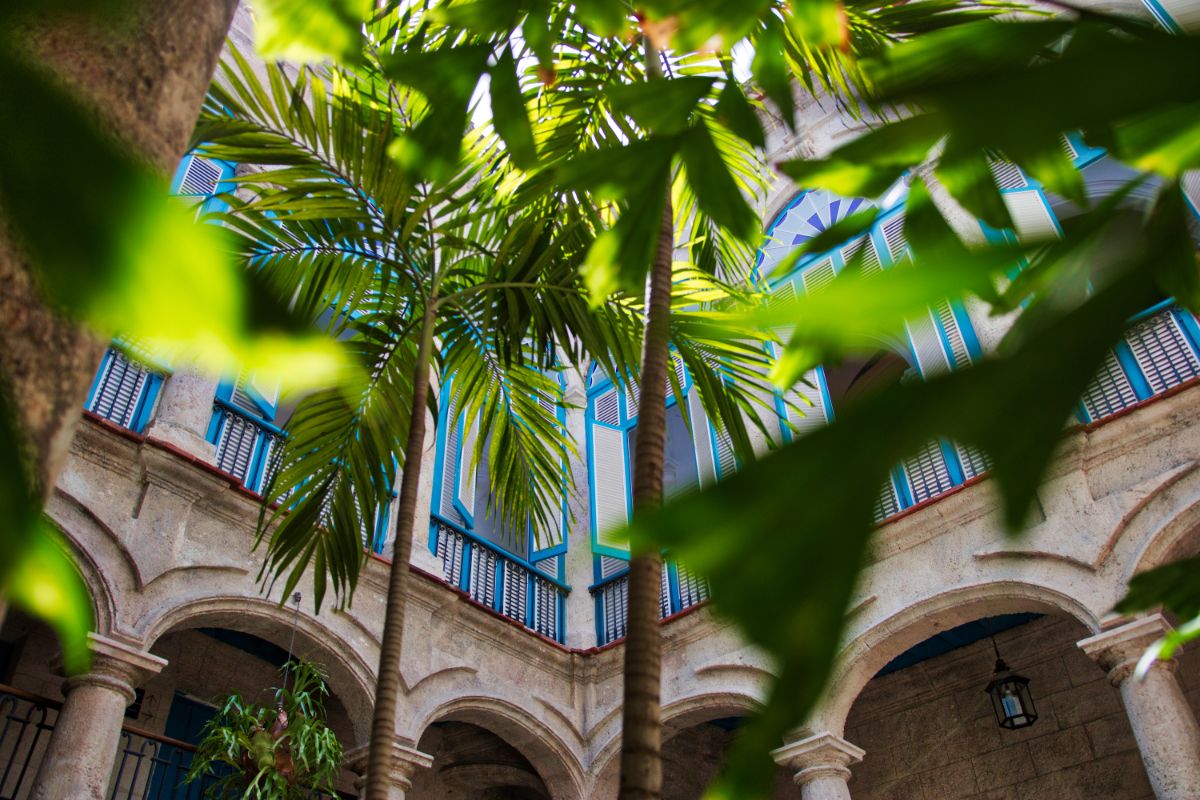
The royal palm is also referred to as “the queen of the fields”. This is because of the plant’s beautiful and majestic appearance and height.
You can expect this tall tree to reach heights of 80 feet, and the pinnate leaves can span over 20 feet.
The sheer size and beauty of this tree makes it understandable why it is considered to be the national tree of Cuba.
This tree is also used for special occasions, such as Palm Sunday. Not only that, but this palm is also the food source of many animals, from bats to birds.
As such, it is a symbol of not only beauty, but also helpfulness.
Tobacco
Anyone who has been to Cuba will know that they are famous for their cigars. While there are roughly 70 unique species of tobacco plants around the world, many of them thrive in Cuba.
Even if you aren’t a smoker, the number of tobacco plants will be something that you will not want to miss.
White Mariposa
As Cuba’s national symbol, the white Mariposa is a stunning flower that you should aim to see at least once on your next visit.
This plant is white, as the name suggests, and shaped like a butterfly, hence the name “Mariposa”. Also known as the white ginger lily, this plant is perennial and actually native to Asia.
The plant became Cuba’s national symbol in 1938 as a symbol of Cuba’s freedom.
This came about as when the country was under the rule of the Spanish, the fragrance of the flower was used to help deliver secret messages to the insurgents.
Since then, its popularity and beauty have drawn people to it.
Yarey Palms
The Yarey palm is another large and impressive palm species native to Cuba. These plants do well in the dry woodland and savanna areas.
While not nearly as large as the royal palm, this tree can get up to70 feet tall, with a somewhat slender trunk and rounded leaves.
Yellow Morning Glory
This stunning plant can be found throughout the island of Cuba. As a vine, this plant also has the capacity to climb well, and can grow up to 16 feet.
The flowers of this plant grow in clusters of yellow, bell-shaped flowers during winter. Like other tropical plants, these will only thrive in tropical climates like those in Central America.
Once these plants flower and the bloom is spent, a wood rose is formed. As these are also attractive, they are often used in dry flower arranging.
You can expect to see these plants anywhere that has a good amount of sunlight, and enough water to maintain them.
Frequently Asked Questions
What Is The Official Flower Of Cuba?
The White Mariposa is the official plant of Cuba. This name translates to White Butterfly, as the shape of the flower resembles the butterfly, and is very beautiful.
What Plant Is Cuba Famously Known For?
The White Mariposa and the royal palm are two plants that Cuba is famous for.
The Mariposa is the official plant of the country, while the royal palm is an extraordinary and large palm tree found throughout the island.
Are There Pine Trees In Cuba?
Yes, there are a few species of pine trees in Cuba. Some popular pine species include the Cuban and Caribbean Pine.
Are The Mangroves In Cuba?
Yes, there are mangrove forests in Cuba. These types of forests make up around 5% of the land area of the country, and are an important feature of the coastline as they protect the land.
Final Thoughts
There are plenty of attractive plants to look for while you’re in Cuba. The most popular Cuban plants are likely the palms – especially the royal palm.
Any tree that rises above anything around it is bound to get the attention of anyone around it!
If you’re going to visit Cuba and like plants, be sure to get some beautiful pictures of these plants if you see them!
- What Is The Largest Island In Cuba? - September 19, 2022
- Havana – Why Is It Cuba’s Most Exciting City? - September 19, 2022
- Cheapest Time To Visit Cuba (Ultimate Guide) - September 19, 2022

